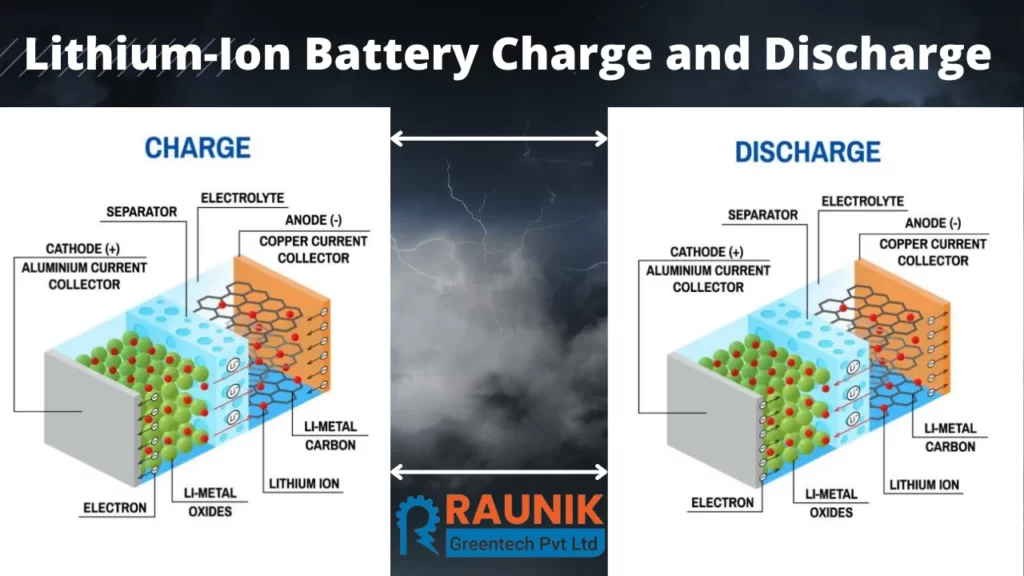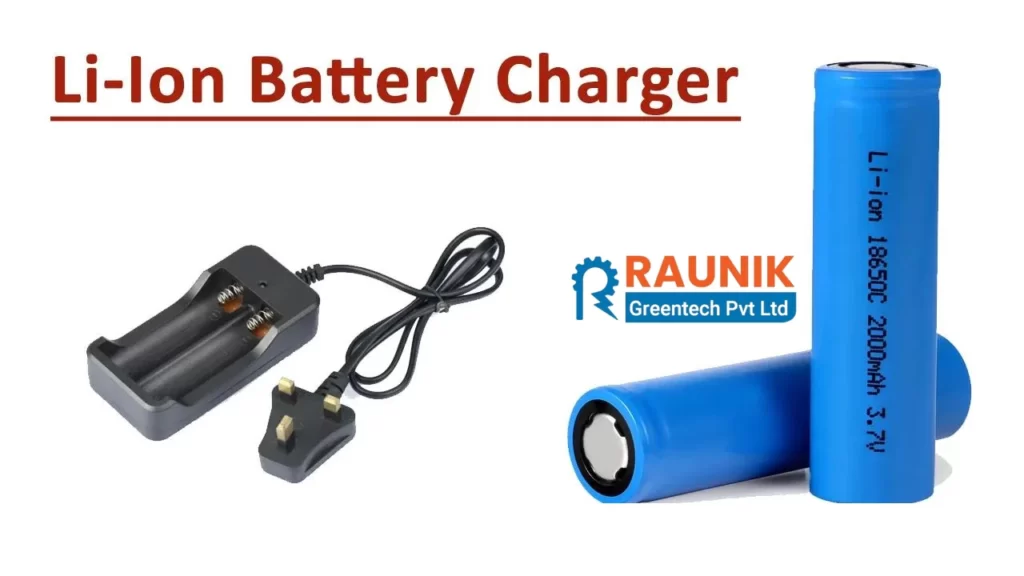
Many people don’t know about the charge and discharge procedure of lithium-ion batteries, and these batteries are now mostly used because of their long-time charge and some other properties. The charging and discharging process of lithium-ion batteries is a chemical reaction in which the lithium ions move from the negative electrode to the positive electrode through the electrolyte. Lithium-Ion Battery Charge and Discharge
Lithium-Ion Battery Charge and Discharge
These batteries are considered the most effective because of their excellent performance; for this, you need to charge them accurately. If you are not correctly charging the batteries, then there are chances that you can destroy the batteries.
A proper charging system can increase the life of the battery; basically, the charging process is undertaken in conjunction with the battery management system. All operations are controlled by this, like charging and discharging.
Lithium-Ion Charger
The phenomenon of charging and discharging is very easy to understand if you have little chemistry knowledge. When the lithium-ion battery discharges, it provides electric current to the external circuit.

In the oxidation process, the lithium ions move from the anode, moving further toward the cathode. Now the electrons start to flow in the opposite direction from the ions and flow in the electrical circuit being powered; these electrons and the ions again reform at the cathode.
The interesting information about this process is that it releases the energy stored in the cell as electrical energy. During this process, this chemical reaction occurs in the reverse direction, and the lithium ions move from cathode to anode through the electrolyte. The external circuit provides the electrons, which combine with the lithium ions again to provide the stored electrical energy. you can also read Why Mobile Phones Use Lithium Batteries
Lithium-ion battery voltage
Lithium-ion battery charging myths
There is much false information about lithium-ion batteries; a famous myth is that lithium-ion chemistry doesn’t affect the performance cycle.
Lithium-ion battery charging tips
s
If you are a newbie in this field and don’t have enough information about the charging process of lithium-ion batteries, then here are some tips that you can follow for charging tips.
Manage Heat
Avoid Extreme Cold
Manage vibration
Control Exposure to moisture
Lithium-ion battery advantages and disadvantages
We know that every technology or gadget has advantages and disadvantages, we discuss the Advantages and Disadvantages of Lithium Ion Battery.
Advantages of lithium-ion battery
Self-Discharge
Many batteries face this problem, but in lithium-ion batteries, the self-discharge rate is very low compared to the other rechargeable batteries. It takes only 5% in the first four hours after charging and falls only 1 or 2 % in a month.
Low maintenance
This is a benefit of using lithium-ion batteries because they don’t require any high maintenance, and you don’t need to perform active maintenance.
A variety of types are available
The Types of Lithium-Ion Batteries Available In the Market in different sizes and shapes; you can select any size according to your need and budget. You can use these batteries in many things, and you don’t need to buy a large battery if you need a small battery.
Load Characteristics
The load characteristics of a lithium-ion battery are reasonable because they provide a constant 3.6 volts per cell as the last charge is used.
Disadvantages of lithium-ion battery
A battery management system is required
These batteries are not robust as, like the other rechargeable technologies, the protection system of the lithium-ion batteries is not very solid and high. They don’t have a system to stop them from overcharging and discharging. On the other hand, they also need safe maintenance limits.
Cost
This is one of the biggest disadvantages of the lithium-ion battery; people always prefer to buy things that don’t have a high cost. But the lithium cells have 40% more rates than the Nickel Cadmium cells.
Transportation
Transportation is also a problem with lithium-ion batteries because many airlines have a limit on taking these batteries, and the same problem is in ships. So we cannot import many lithium batteries, and they are only manufactured in some specific countries.

